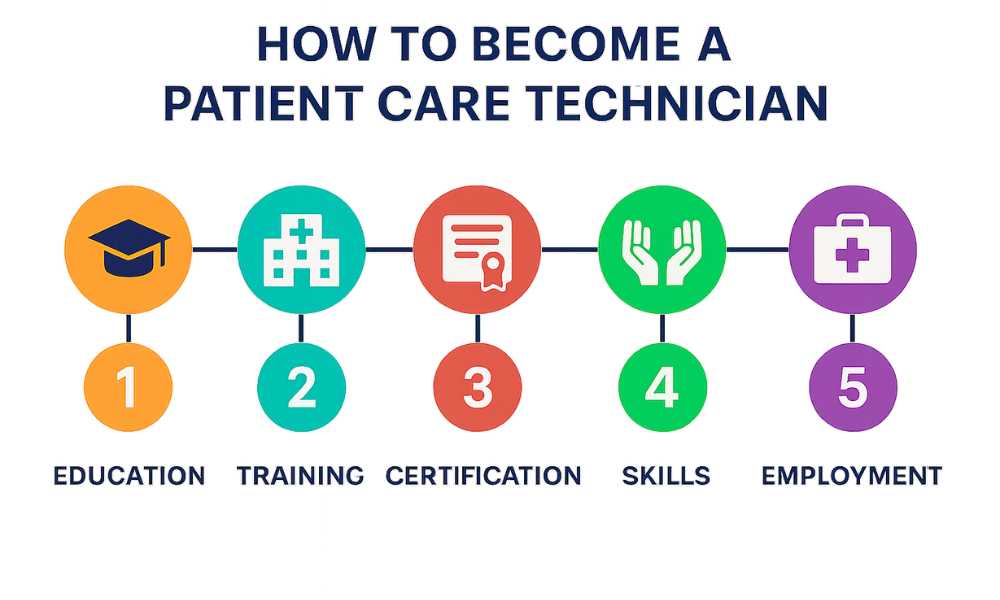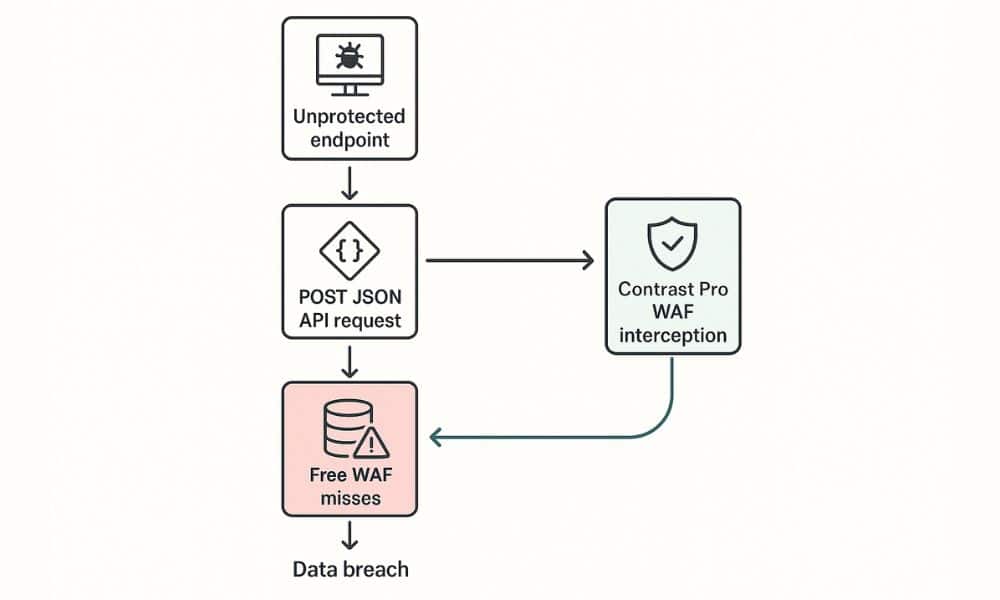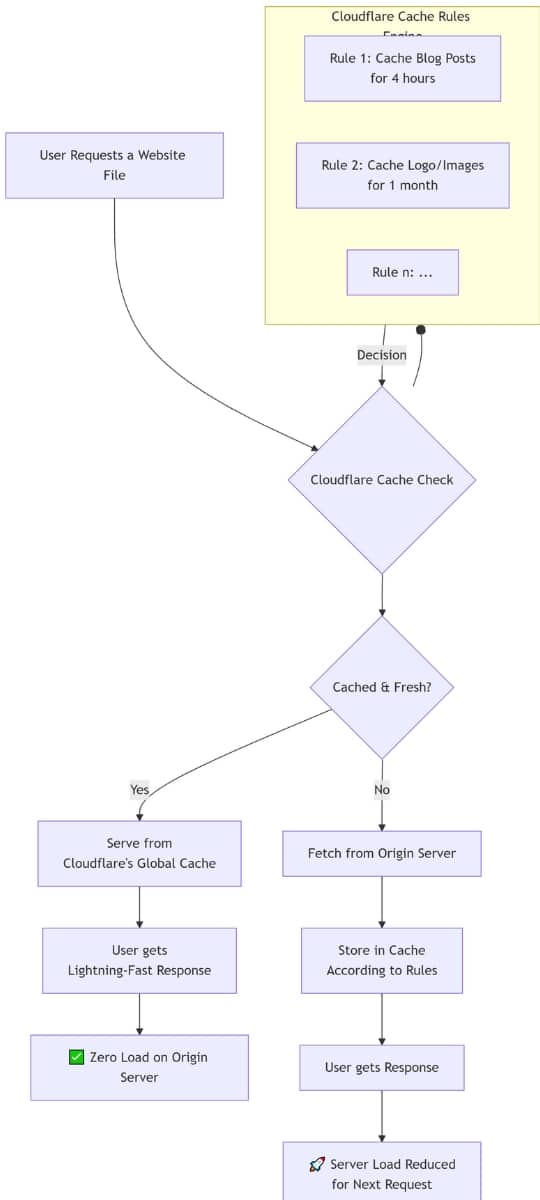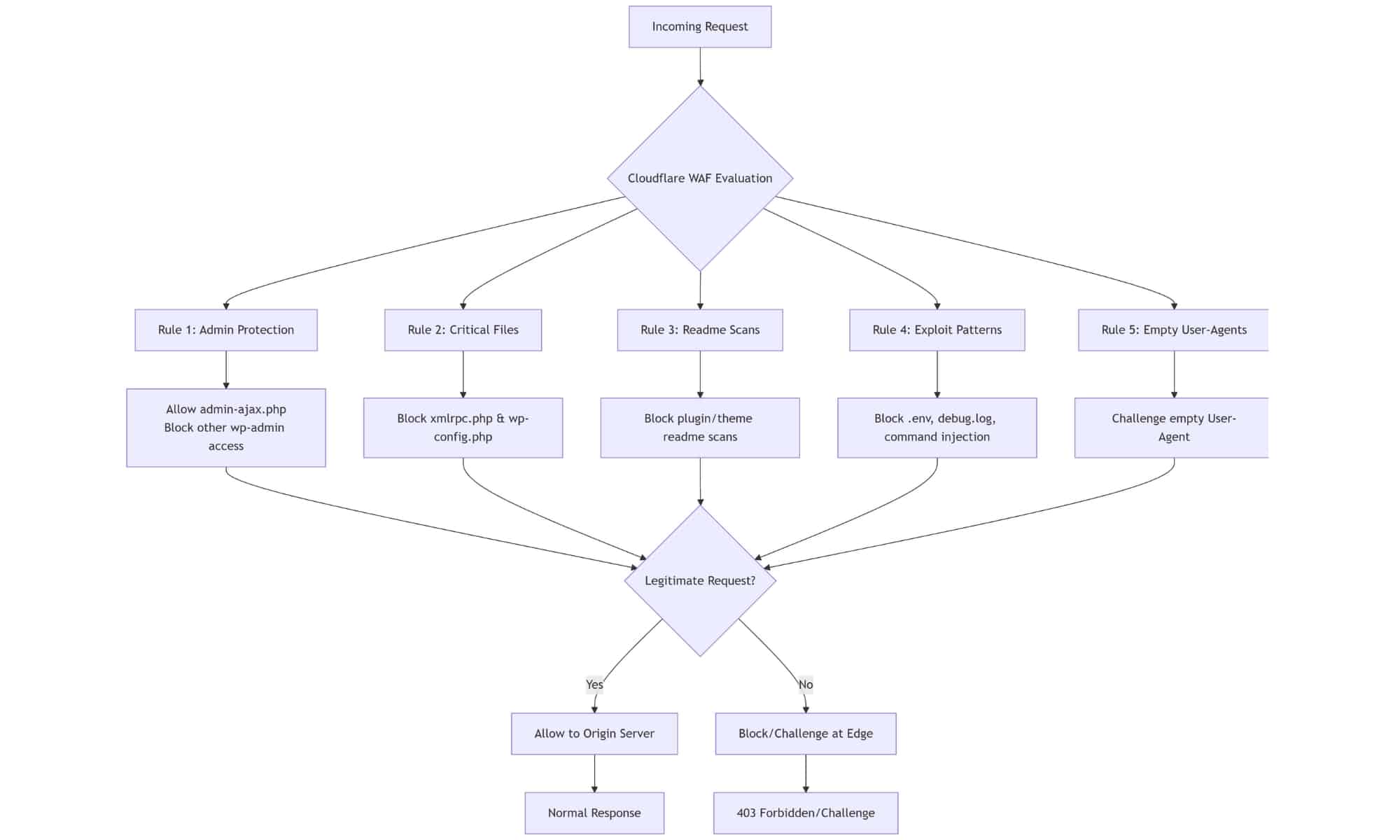
Starting a career as a Patient Care Technician opens doors to one of healthcare’s most fulfilling and stable professions. Every day, PCTs make a real difference in patients’ lives while building skills that can lead to advanced healthcare roles. But how exactly do you become a Patient Care Technician? What training do you need, and what does the process actually look like?
If you’re considering this meaningful career path, you’re joining a profession that’s experiencing unprecedented growth. Healthcare facilities nationwide are actively seeking qualified patient care technicians to support their nursing teams and provide essential patient care. The journey to become a Patient Care Technician is more straightforward than you might think, typically taking just six months to a year from start to finish.
This comprehensive guide walks you through every step of the process, from understanding basic requirements to passing your certification exam and landing your first job. Whether you’re fresh out of high school or transitioning from another career, you’ll discover exactly what it takes to become a Patient Care Technician and begin making a difference in patients’ lives.
Understanding the Patient Care Technician Role

Before diving into how to become a Patient Care Technician, it’s important to understand what these healthcare professionals actually do. Patient care technicians work directly with patients under the supervision of nurses and doctors, providing essential support that keeps healthcare facilities running smoothly.
Your typical day might include taking vital signs, assisting patients with daily activities like eating and bathing, drawing blood samples, performing EKGs, and updating electronic health records. Think of it like being a bridge between patients and higher-level medical staff—you’re the person who spends the most time with patients, often becoming their primary source of comfort and support during difficult times.
The role has evolved significantly in recent years. Modern PCTs use advanced technology, from digital monitoring devices to sophisticated EHR systems. This evolution means better career prospects and more engaging work, but it also requires proper training to master both the technical and compassionate sides of patient care.
5 Essential Steps to Become a Patient Care Technician
Step 1: Meet Basic Prerequisites
The first step to become a Patient Care Technician involves meeting fundamental educational and personal requirements. Fortunately, these prerequisites are achievable for most people interested in healthcare careers.
You’ll need a high school diploma or GED certificate. This requirement exists because PCTs must understand medical instructions, communicate clearly with patients and families, and perform basic mathematical calculations for medications and measurements. If you haven’t completed high school, earning your GED typically takes just a few months of preparation.
Physical requirements are equally important. PCTs spend entire shifts on their feet, often working 8-12 hour days. You’ll need to lift patients weighing up to 50 pounds and have good manual dexterity for tasks like drawing blood or operating medical equipment. Strong verbal and written communication skills are essential since you’ll interact with patients, families, and medical professionals throughout each shift.
Age requirements vary by program and employer, but most require students to be at least 18 years old before starting clinical rotations. Some programs accept younger students for classroom instruction but restrict hands-on patient contact until they reach adulthood.
Step 2: Choose Your Training Program
Selecting the right training program is crucial when you become a Patient Care Technician. You have several options, each with different time commitments, costs, and outcomes. Understanding these differences helps you choose the path that best fits your situation and career goals.
Certificate programs represent the most popular choice for aspiring PCTs. These focused programs typically run 6-12 months and concentrate exclusively on patient care technician skills. You’ll study anatomy, medical terminology, infection control, phlebotomy, EKG procedures, and electronic health record systems. Most programs combine classroom instruction with hands-on laboratory practice and supervised clinical experience.
Online programs have gained popularity, especially after proving their effectiveness during the COVID-19 pandemic. Companies like Stepful offer accelerated 8-week programs that prepare students for national certification exams. These programs work well for students who need flexibility but still require supervised clinical hours at local healthcare facilities.
Associate degree programs take 18-24 months but provide broader healthcare education. These programs include general education courses alongside patient care training, often leading to better job prospects and easier transitions to nursing programs later. Many community colleges offer these programs with evening and weekend options for working adults.
Program costs vary significantly based on format and location. Certificate programs typically cost $1,200-$4,000, while associate degrees range from $8,000-$15,000 per year. Many hospitals now offer tuition reimbursement programs, recognizing that investing in PCT training benefits both students and healthcare facilities facing staffing shortages.
Step 3: Complete Required Training Hours
Every accredited program to become a Patient Care Technician includes specific hour requirements that prepare you for real-world responsibilities. Understanding these requirements helps you plan your schedule and set realistic expectations for program completion.
Most programs require 400-600 total training hours. These hours divide into classroom instruction, laboratory practice, and supervised clinical experience. Classroom time covers theoretical knowledge—anatomy, medical terminology, legal and ethical issues, and communication skills. You’ll learn how body systems work, common medical conditions, and proper procedures for patient care tasks.
Laboratory sessions provide hands-on practice in controlled environments. You’ll practice taking vital signs on classmates, learn proper techniques for drawing blood, and master EKG procedures using training equipment. This practice builds confidence before you work with actual patients during clinical rotations.
Clinical hours represent the most valuable part of your training. Working in real healthcare settings under instructor supervision, you’ll apply classroom knowledge to actual patient care situations. These experiences often determine whether healthcare is truly the right career path for you. You’ll discover whether you’re comfortable with the physical demands, emotional challenges, and technical requirements of patient care work.
Some programs require specific clinical hour minimums. For example, phlebotomy certification typically requires 30 successful blood draws on live patients, while EKG certification needs 10 completed procedures. These requirements ensure you’re competent in essential skills before working independently.
Step 4: Pass Certification Exams
While not always legally required, certification significantly improves your job prospects when you become a Patient Care Technician. The National Healthcareer Association reports that 96% of employers either require or strongly prefer certified PCTs, making certification practically essential for most positions.
The Certified Patient Care Technician/Assistant (CPCT/A) exam from the National Healthcareer Association is the most widely recognised credential. This computer-based exam includes 100 multiple-choice questions covering four main areas: basic patient care skills, EKG monitoring, phlebotomy procedures, and safety compliance.
To qualify for the CPCT/A exam, you must complete an approved training program within the last five years or have relevant work experience. The exam costs $160 and is available at testing centers nationwide or through online proctoring. You need a minimum score of 390 out of 500 to pass.
Additional certifications can enhance your marketability. The Certified EKG Technician (CET) credential demonstrates expertise in cardiac monitoring, while the Certified Phlebotomy Technician (CPT) credential specialises in blood drawing procedures. Many employers offer higher starting wages for multi-certified technicians.
Exam preparation is crucial for success. Most training programs include exam prep as part of their curriculum, providing practice tests, study guides, and review sessions. The National Health career Association also offers official study materials and practice exams through their website.
Step 5: Meet Clinical and Health Requirements
Healthcare employers maintain strict requirements for patient safety and infection control. Meeting these requirements is essential when you become a Patient Care Technician and typically begins during your training program.
Immunisation requirements protect both patients and healthcare workers from preventable diseases. You’ll need current vaccinations for COVID-19, influenza, tetanus-diphtheria-pertussis (TDAP), and measles-mumps-rubella (MMR). Tuberculosis testing is mandatory, either through skin tests or chest X-rays, and must be updated annually.
Background checks are standard for all healthcare positions involving patient contact. These checks examine criminal history, particularly focusing on crimes involving vulnerable populations, substance abuse, or dishonesty. Most programs and employers use third-party services for these screenings, which typically take 2-4 weeks to complete.
Basic Life Support (BLS) certification from the American Heart Association is required by most employers. This training teaches CPR techniques for adults, children, and infants, as well as automated external defibrillator (AED) use. BLS certification courses take about four hours and must be renewed every two years.
Drug screening is standard practice, either during training or before employment. Most facilities test for common illegal substances and some prescription medications that could impair job performance. Some employers conduct random testing throughout employment.
Planning ahead for these requirements prevents delays in starting your career. Begin gathering immunisation records and scheduling required tests early in your training program. Some requirements, like background checks, can take several weeks to complete.
Understanding Program Costs and Financial Aid
Financial planning is crucial when you decide to become a Patient Care Technician. While PCT programs are significantly less expensive than many healthcare careers, understanding all costs and available assistance helps you make informed decisions about your education investment.
Tuition costs vary widely based on program type and location. Community college certificate programs typically charge $1,200-$3,500 for in-state residents. Private schools and accelerated programs may cost $2,000-$5,000. Associate degree programs range from $4,000-$8,000 per year for residents of the state where the college is located.
Additional expenses beyond tuition include textbooks ($200-$500), supplies and equipment ($100-$300), certification exam fees ($160-$300), background checks and drug tests ($50-$150), required uniforms and shoes ($100-$200), and clinical site transportation costs (varies by location).
Financial aid options make PCT training accessible to students from various economic backgrounds. Federal Pell Grants provide need-based assistance that doesn’t require repayment. Many states offer workforce development grants specifically for healthcare training programs. Some programs qualify for federal student loans, though the relatively short program length may limit loan amounts.
Employer partnerships represent an increasingly popular funding option. Hospitals and healthcare systems partner with training programs to sponsor students in exchange for employment commitments. These partnerships often cover full tuition and fees, plus guaranteed employment upon graduation. Commitment periods typically range from 12-24 months.
The return on investment for PCT training is compelling. With average starting salaries of $30,000-$35,000 annually and program costs under $5,000, most graduates recover their educational investment within the first year of employment.
Job Search and Employment Strategies
Successfully completing your training program and earning certification are just the beginning. Learning how to effectively search for and secure PCT positions is the final step to become a Patient Care Technician and launch your healthcare career.
Healthcare settings that employ PCTs include hospitals, nursing homes, assisted living facilities, rehabilitation centres, dialysis clinics, physician offices, and home health agencies. Each setting offers different advantages—hospitals provide the most learning opportunities and advancement potential, while nursing homes often offer more regular schedules and stronger patient relationships.
Job search strategies should focus on multiple approaches simultaneously. Online job boards like Indeed, ZipRecruiter, and healthcare-specific sites list thousands of PCT positions. Hospital websites often post openings directly, sometimes before they appear on general job boards. Networking through instructors, classmates, and clinical site contacts frequently leads to job opportunities.
Application materials must highlight both your technical training and personal qualities that make you effective with patients. Your resume should emphasise certifications, clinical experience, relevant coursework, and any previous customer service or healthcare exposure. Cover letters should demonstrate your understanding of patient care challenges and commitment to compassionate service.
Interview preparation focuses on both technical knowledge and interpersonal skills. Expect questions about handling difficult patients, working under pressure, maintaining patient confidentiality, and specific technical procedures. Practice explaining complex medical procedures in simple terms, as you’ll need this skill when educating patients and families.
Many training programs provide job placement assistance, including resume writing help, interview coaching, and employer connections. Take advantage of these services—they significantly improve your chances of landing a desirable position quickly after graduation.
Continuing Education and Career Advancement
Your journey doesn’t end once you become a Patient Care Technician. Healthcare is a dynamic field requiring ongoing learning and offering numerous advancement opportunities for motivated professionals.
Continuing education requirements maintain your certifications and keep your skills current. The CPCT/A certification requires 20 continuing education credits every two years. These credits can come from employer training programs, online courses, professional conferences, or additional certifications.
Specialisation options allow you to focus on particular patient populations or technical skills. Dialysis technicians work specifically with kidney patients and earn higher wages. Telemetry technicians specialize in cardiac monitoring. Phlebotomy specialists focus exclusively on blood drawing procedures. Each specialisation typically requires additional training and certification.
Career advancement pathways include progression to Licensed Practical Nurse (LPN) or Registered Nurse (RN) roles. Many community colleges offer bridge programs that credit your PCT experience toward nursing degrees. Some PCTs transition into healthcare administration, medical coding, or equipment sales roles that utilize their clinical knowledge.
Professional organizations like the National Association of Health Care Assistants provide networking opportunities, continuing education resources, and career development support. Membership demonstrates professional commitment and provides access to job opportunities and industry updates.
The key to long-term success as a PCT is maintaining curiosity and commitment to learning. Healthcare technology and procedures continuously evolve, and successful PCTs adapt to these changes while maintaining their focus on compassionate patient care.
Conclusion
Learning how to become a Patient Care Technician reveals a clear pathway to a meaningful healthcare career that typically requires less than a year to complete. From meeting basic prerequisites through passing certification exams and securing your first position, each step builds toward your goal of making a real difference in patients’ lives while establishing financial stability for yourself.
The process combines manageable educational requirements with hands-on training that prepares you for real-world healthcare challenges. Whether you choose an accelerated 8-week online program or a comprehensive 18-month associate degree path, you’re investing in skills that remain in high demand across all healthcare settings.
Starting your journey to become a Patient Care Technician means joining a profession that offers both immediate employment opportunities and long-term career growth potential. With healthcare employment continuing to grow faster than most other industries, your timing couldn’t be better for entering this essential field.
Take the first step today by researching accredited training programs in your area, connecting with local healthcare employers, and speaking with current PCTs about their experiences. Your future patients are counting on compassionate, skilled professionals like you to provide the quality care they deserve during some of life’s most challenging moments.
Source@techsaa: Read more at: Technology Week Blog


